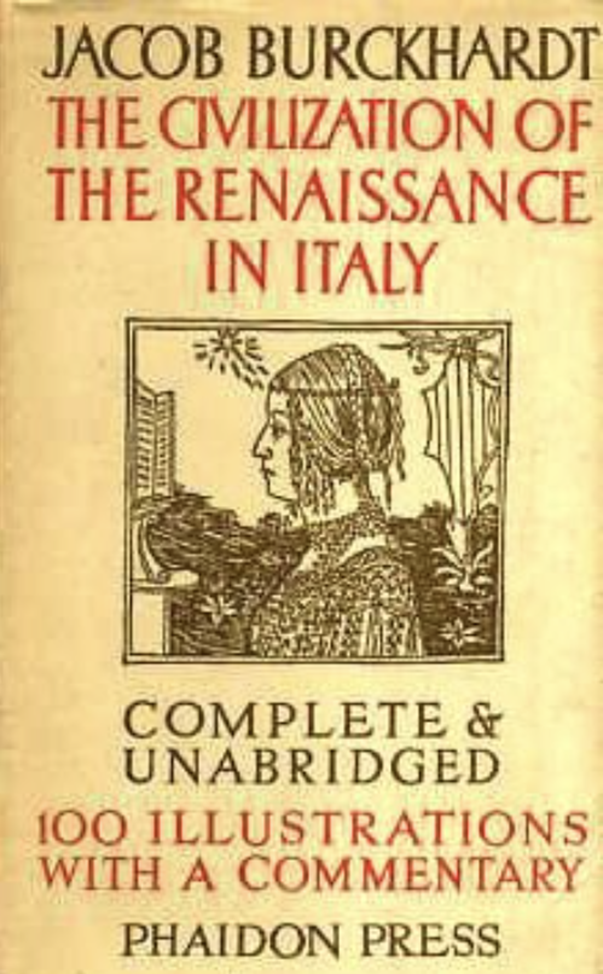A remarkable book, gripping in a way that few popular science narratives are. It is well written and well informed – a comparison with other popular science titles (such as Dava Sobel’s Longitude) maes it clear Christina Thompson can write.
Nonetheless, Sea People represents an interesting case study of science communication. In this post I’ll explain a little more about how this book works, and how it doesn’t work, as a piece of science communication: it inspires, but it doesn’t really inform. Just to note, I include archaeology and anthropology as within the scope of science communication.
Sea People tells the story of Pacific exploration and settlement. Polynesia is remarkable because the Polynesians are themselves immigrants, but for many years it was not known how they travelled to the many widely-spread islands of the Pacific. It tells the story of the European navigators, from Cook to Heyerdahl, but also describes the attempts to understand how the inhabitants travelled. So it is a story of origins, of navigation, from the 16th-century to the present day, and with inference back to the earliest arrival of people on these islands. What makes the book remarkable is that it describes something truly astounding: how early peoples were able to sail hundreds of miles to other islands without navigational aids.
That’s the positive view. The telling of this tale, however skilful as a narrative (and this book is a real page-turner), is not matched by the presentation of the information, or by the communication of the science. The author is let down by the format, and by a lack of scientific understanding (no less).
The science here, for example, is navigation. The author describes efforts over many years to understand how the early Polynesians navigated. For me, to understand that meant I needed to know how the Europeans navigated. It’s a mark of this book that on reading it, I was compelled to go to Wikipedia and other sources to try to find out just how early explorers navigated. There is no mention in this book, for example, of the measurement of longitude, about which whole books have been written. Instead, we get descriptions of traditional navigation.
When we get to traditional navigation, we are told it was a combination of looking at the position of the sun and the stars, observing the swell of the ocean, noticing any birds – but, I imagine, this is what the early European explorers must have used. Apparently Drake had an astrolabe, which enabled him to measure latitude, but for longitude it was guesswork.
Here is my criticism of Thompson’s book. Although
she writes a fine narrative, I didn’t come away from the book with any great
knowledge of navigation. It’s as if the technical details were skipped over as
being less interesting. Sure, every character is described in rich detail,
including, for some of the men, how handsome they were.
On a wider note, this book is yet another example of the dreadful divide between illustrated and non-illustrated books. The book contains sixteen pages of colour illustrations that are never referenced within the text. Why not? In addition, each of the unnumbered chapters has a small illustration, but these are not described in any detail in the text. There are two grossly inadequate maps. For a book about widely-dispersed islands and their discovery, this is woeful. It might be more of a challenge to link maps with text, or illustrations with text, but that is what we pay for when we buy a book, surely?
My third objection is that the book retains an air of colonialism about it. Even though the author is married to a Maori, the impression I get is that the appeal of these islands is, ultimately, the great beaches and dreams of paradise. The book ends with a glowing description of the beach at Anaho Bay in the Marquesas (but don’t expect this book to show you exactly where), where Robert Louis Stevenson lived. The book is called “Sea People”, but is really about the people who tried to discover the islands and to find out how they got there. I bought this book in the bookshop of the Cambridge Museum of Archaeology and Anthropology, having seen an exhibition of Pacific items in the collection, with comments from present-day inhabitants of the region – and they aren’t always very complimentary.
Should you read this book? Absolutely, but at the
same time it will leave you wanting much, much more information. I want to know
exactly what these traditional Polynesian canoes look like. I want to know how
the ten or twenty people on the boat survived for three weeks or more without
reaching land – what did they do for water, for example? How did those canoes
sail against the prevailing wind, which determined the course of all the early
European explorers? It’s a mark of the success of this book that you want to
know more.




